The 5 Main Japanese Sword Traditions
The Japanese tradition of sword making is probably the most intricate, and renowned throughout the world. Read all about the 5 techniques used throughout history.
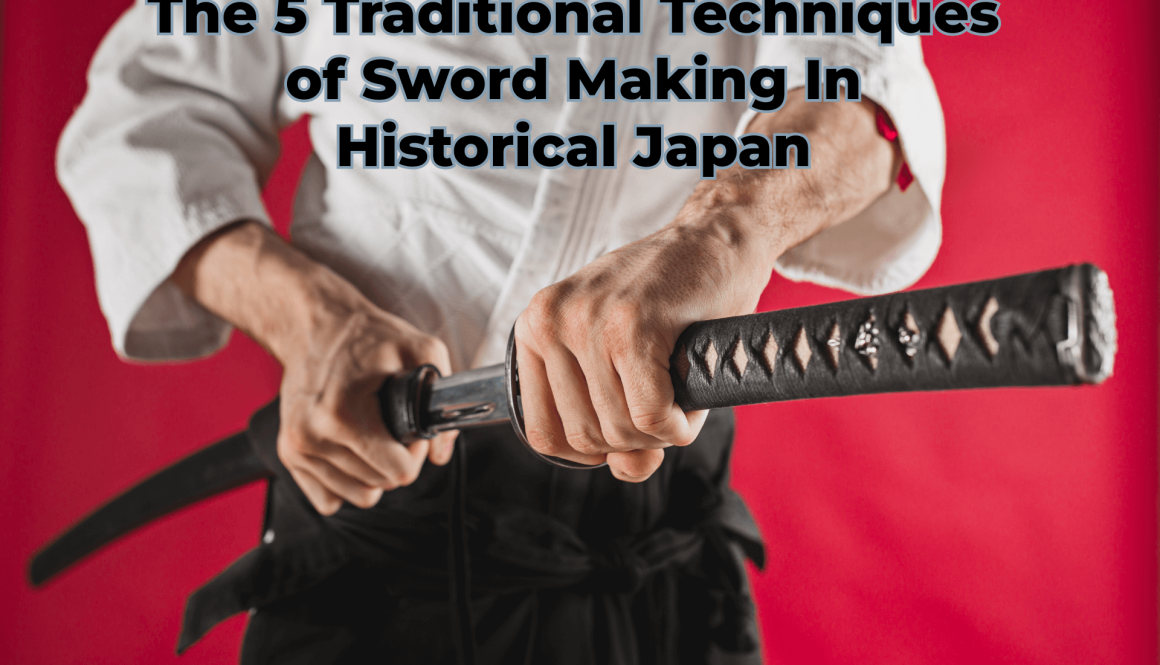
The Japanese tradition of sword making is probably the most intricate, and renowned throughout the world. Read all about the 5 techniques used throughout history.

Ongoing updated comprehensive research about the different periods of Japanese history, and how they influenced Samurai development and behavior.

Learn about some of the culture that remains hidden to western view, by reading these 3 wonderful Samurai book titles.
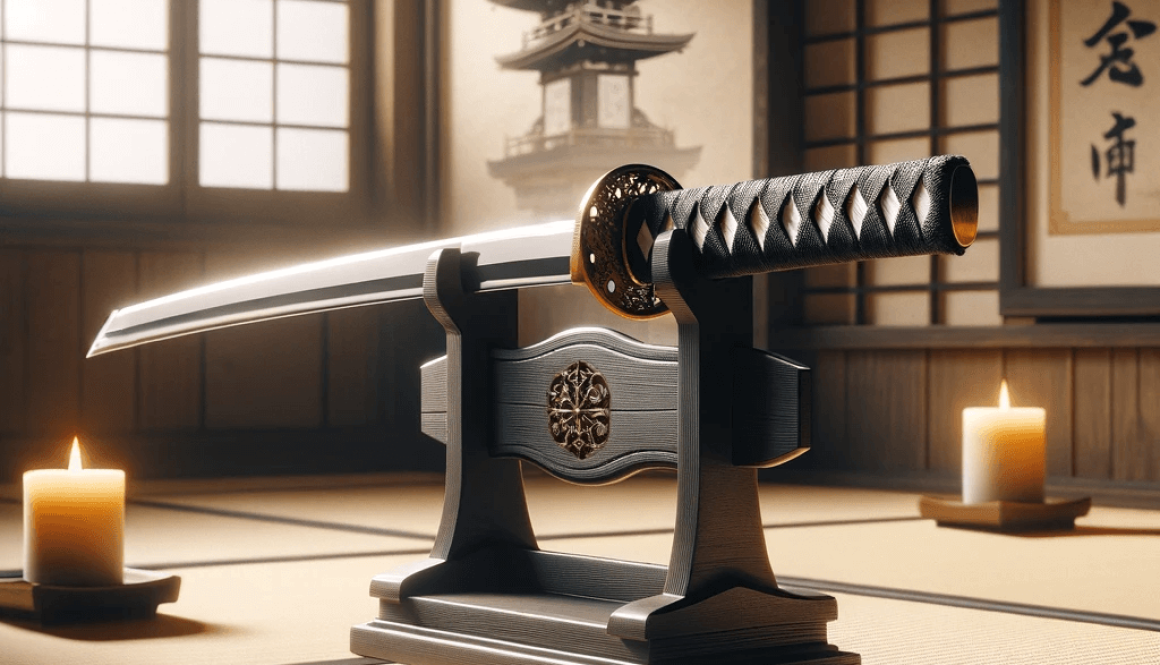
This is an article all about the Japanese Sword history through the ages, that takes you to the pre-cutting edge blacksmith technology to the recent styles.
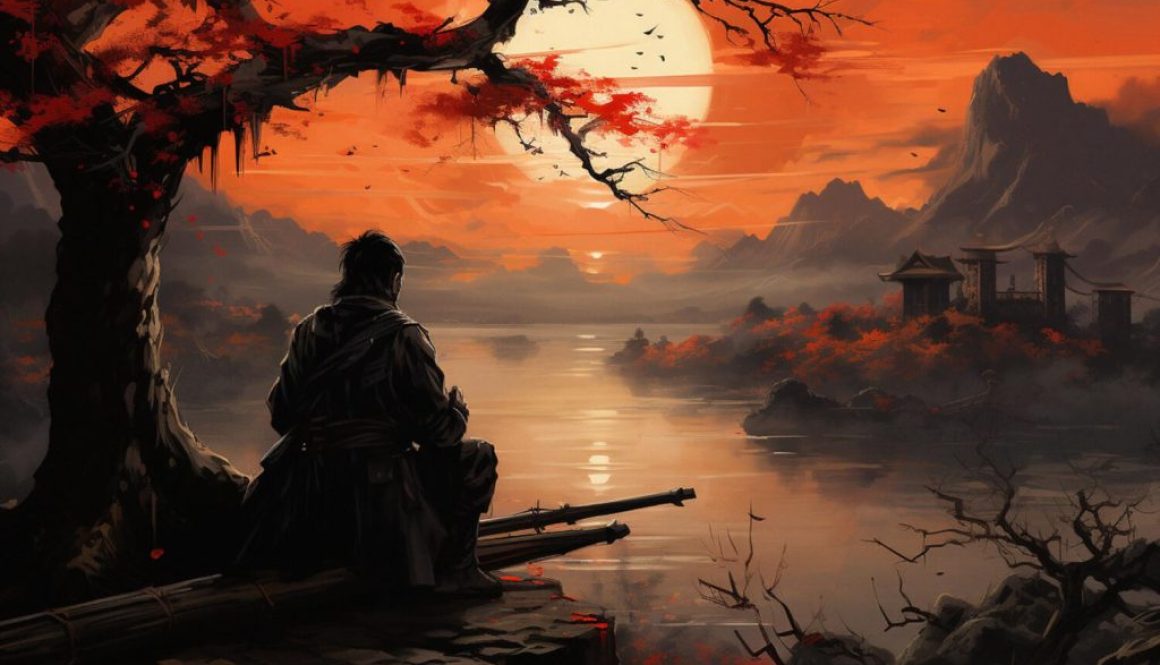
Traditionally in Japan, Ronin led a master less existence, navigating societal disdain while seeking employment and honor, often amidst political upheaval and the complex dynamics of feudal loyalties.

Navigate the intricacies of Japan’s samurai legacy with a concise collection of pivotal battles. Each entry provides a date and a succinct summary, offering readers an efficient overview of this martial lineage.
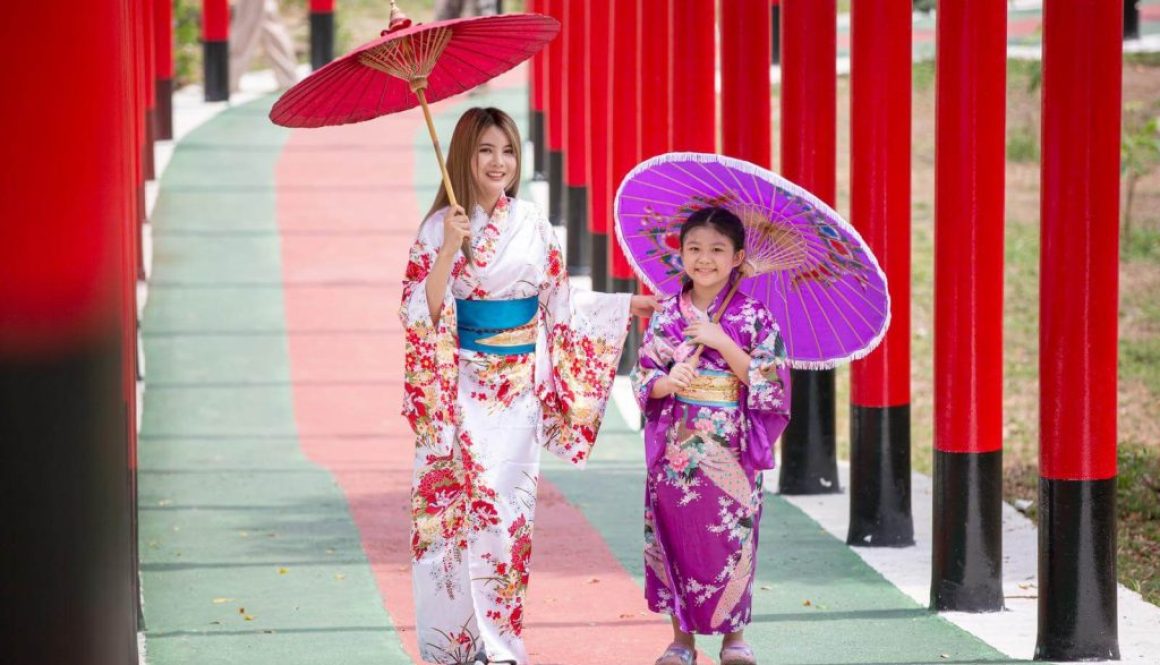
Dive deep into the rich tapestry of samurai kimonos, tracing their ancient origins to their contemporary fashion impacts. This article unravels the evolution, symbolism, and significance of these iconic garments, offering readers a captivating journey through Japanese cultural heritage and design.
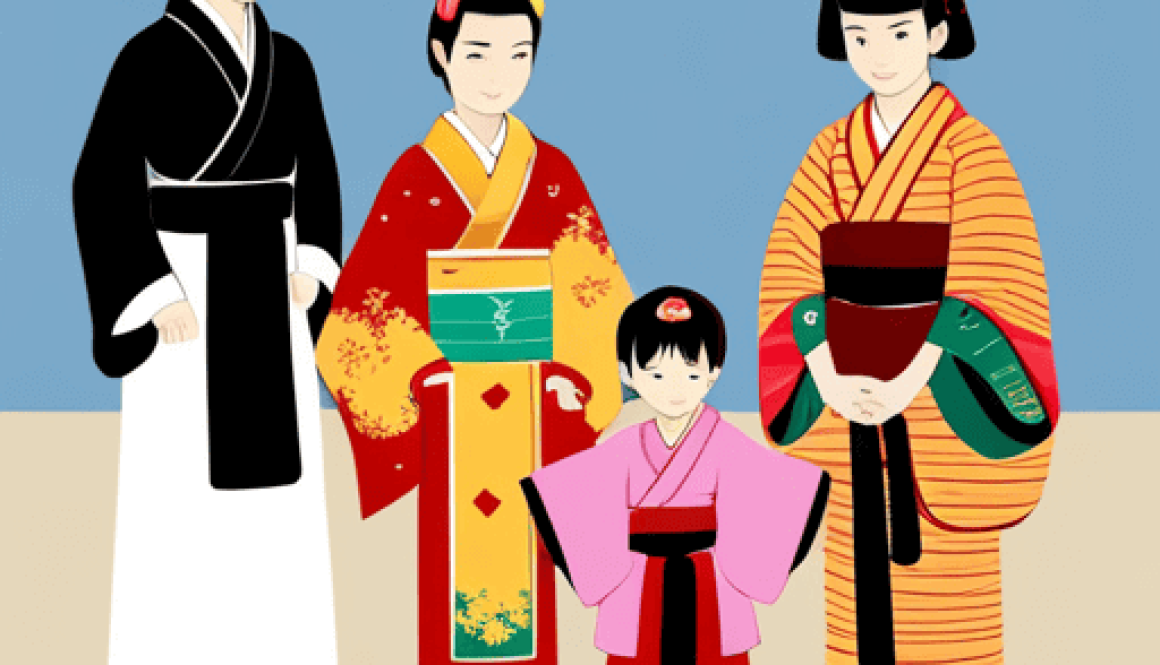
The Chosokabe clan, a samurai family from Shikoku Island, claimed descent from Qin Shi Huang, China’s first emperor. Rising to prominence under Chosokabe Motochika, they dominated Tosa province before being subjugated by the unifier, Toyotomi Hideyoshi. Their history reflects the turbulent dynamics and shifting allegiances of Japan’s Sengoku era.

Empress Sadako, also known as Fujiwara no Teishi, played a pivotal role in the Heian court’s politics. Beyond her influential family connections, her life was interwoven with the era’s cultural tapestry. Her interactions with prominent literary figures, challenges in court politics, and her position amidst the Fujiwara clan’s power dynamics offer a unique lens into the complexities of Heian Japan.

Commodore Perry’s arrival in Japan in 1853 marked a pivotal moment. With his black ships, he ended Japan’s 250-year isolation policy, leading to diplomatic and trade relationships between the U.S. and Japan. His visit initiated significant cultural and technological exchanges, profoundly impacting Japanese modernization in the following decades.